How To Choose The Perfect Backpack For Travel (Factors To Consider)
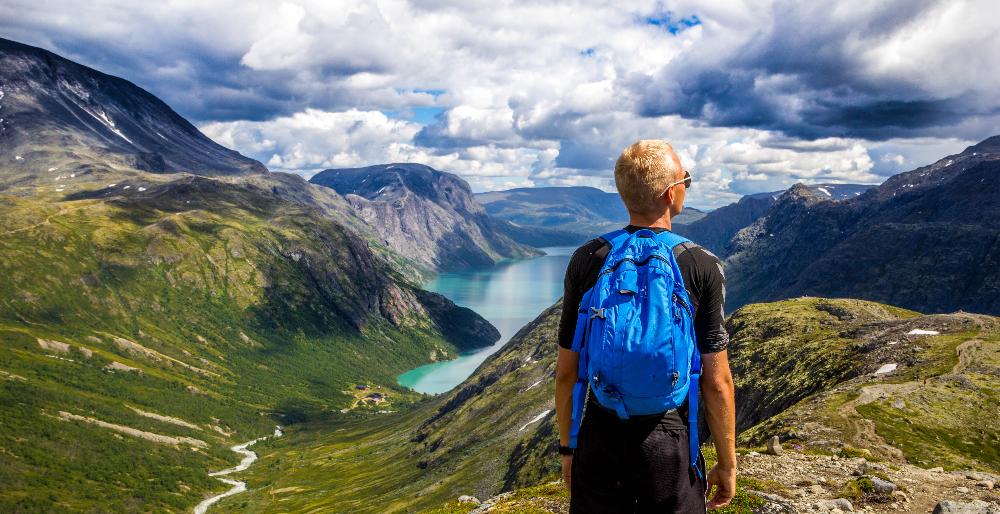
There are backpacks on sale everywhere these days; in retail shops, in marketplaces, in online stores, in flea markets etc. It’s pretty easy to find a decent backpack these days if you can afford one. But finding the perfect backpack for travel? That’s not so easy.
Most backpacks on sale today in retail shops or online are unable to adequately meet the varied demands of a serious traveller. That's partly because many of them are designed for hiking or trekking and not for general travelling.
This article will tell you exactly what you need to look for in a backpack for travel and also the things you need to avoid.
When choosing a backpack for travel you must first consider why you need one in the first place. You need a travel backpack to do four main things:
1. To enable you to comfortably and easily carry your essential items
2. To protect those items from theft, physical damage and inclement weather
3. To keep your items organized and easily accessible for whenever you need to take them out.
4. To withstand the wear and tear of life on the road
You may not find a backpack that gets a 10/10 score for doing all of these things perfectly. That’s okay though. The idea is to find a backpack that caters to your main priorities, without compromising too much on the other things that still matter.
No. 1 - Comfort & Mobility
Let’s now look at the first thing a backpack should do. The right backpack for travel should allow you to comfortably and easily transport your essential items.
There are many features that you must look out for and factors you must consider if you want a backpack that is both comfortable to wear and doesn’t hamper your mobility. Let’s now take a look at some of those.
Frame Type –There are 3 main backpack frame types; internal frame, external frame & frameless.
External frame
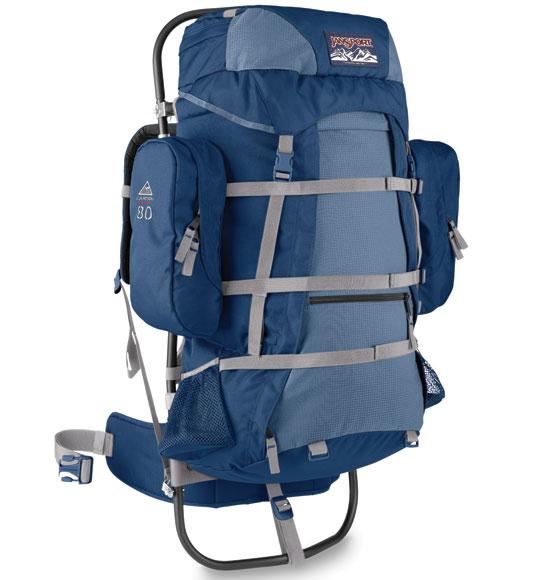
This is an example of an external frame backpack. Note the large, external frame that the pack is attached to.
These are designed for carrying very heavy loads and are suitable for hiking or trekking. They're also very old-school and few people use them anymore for hiking. You won't see many travellers with these either. Why?
Many reasons. They're not considered stylish. They're out of fashion. The frame can get snagged on things. They're also really bulky and ordinary travellers don't need to have the ability to large and heavy loads.
Internal frame
This is an example of an internal frame backpack. They have a lightweight frame to provide rigidity & structure but the frame is concealed inside the backpack.
Common frame materials include aluminium, titanium or strong plastics.
They can carry sizeable loads, although not usually as much as external frame backpacks and they tend to be quite expensive.
Like external frame backpacks, these are also designed for hiking due to their high strength and load-bearing capacity. In spite of this, many travellers still carry them, even if overnight hiking or wilderness camping is not a major part of their trip.
Frameless
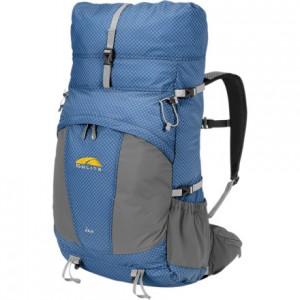
This is a frameless backpack. As you might guess, there is no frame at all and the structure or rigidity is provided by the items that you pack into the bag.
Frameless backpacks are generally lighter, smaller and simpler in their design than framed backpacks.
They're also more stylish and aesthetically pleasing. They grant unrivalled mobility and the no-frills design generally means less complications and less problems.
The only drawback of the frameless backpack is its reduced load carrying capacity. You generally don't want to exceed loads of 20 lbs with one of these. That said, general travellers won't need to carry around 20 lbs of gear anyway so this is only a drawback if you're planning to buy one of these for serious hiking.
The best design?
So which backpack design is best for general travel purposes? As you may have guessed, the best design for travel is the frameless backpack.
For general travel, you don’t need a backpack designed for hiking. You won't be carrying heavy loads so you don’t need the extra strength and rigidity afforded by a frame. You also don't want such bulky, heavy and awkward designs to impair your mobility.
What you do need is a bag that allows you maximum mobility with minimal bulk and weight. That’s why a frameless backpack is the best design for travel; simple, compact, lightweight, inexpensive, stylish and affording you the utmost mobility. The best tool for the job.
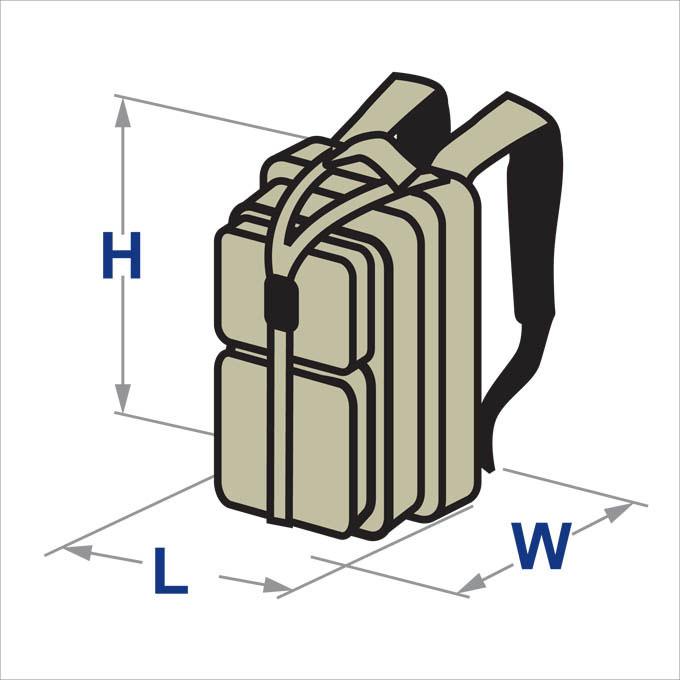
Volume/Capacity– This is one of the most important variables to consider when choosing a backpack. We will therefore discuss it at length.
Excessively large backpacks are generally undesirable for travel. The enormous 80L+ brand name backpacks that many travellers wear are designed for hiking and wilderness trekking and not for travel, as we mentioned previously.
Hence, they create all sorts of problems for travellers, which extend well beyond comfort & mobility issues. Here is a short list of the problems created by very large backpacks:
- They won’t fit in overhead luggage racks or under seats on some buses & trains
- The top of them often gets snagged on low doorframes, on low overhanging tree branches or in other situations where crouching is necessary.
- They make it difficult to move in crowded buses & trains, crowded marketplaces, in narrow aisles & corridors, narrow alleyways and so on.
- It’s easier to accidentally bump into people or knock fragile items off shelves in shops with a large backpack
- They cost travellers a lot of extra money in checked luggage fees when flying with budget airlines.
- They can lose you a bus ride in some countries because the driver doesn’t want your bag taking up an extra seat that another passenger might pay for.
- You can’t always keep them with you on board buses and minivans (due to space issues) and thus risk having them stolen from the luggage compartment or the roof rack.
- They encourage over-packing and over-burdening, reducing comfort and making walking an exhausting and unpleasant affair.
- They make it possible to carry excessive loads, inviting back, shoulder and neck problems when worn long term.
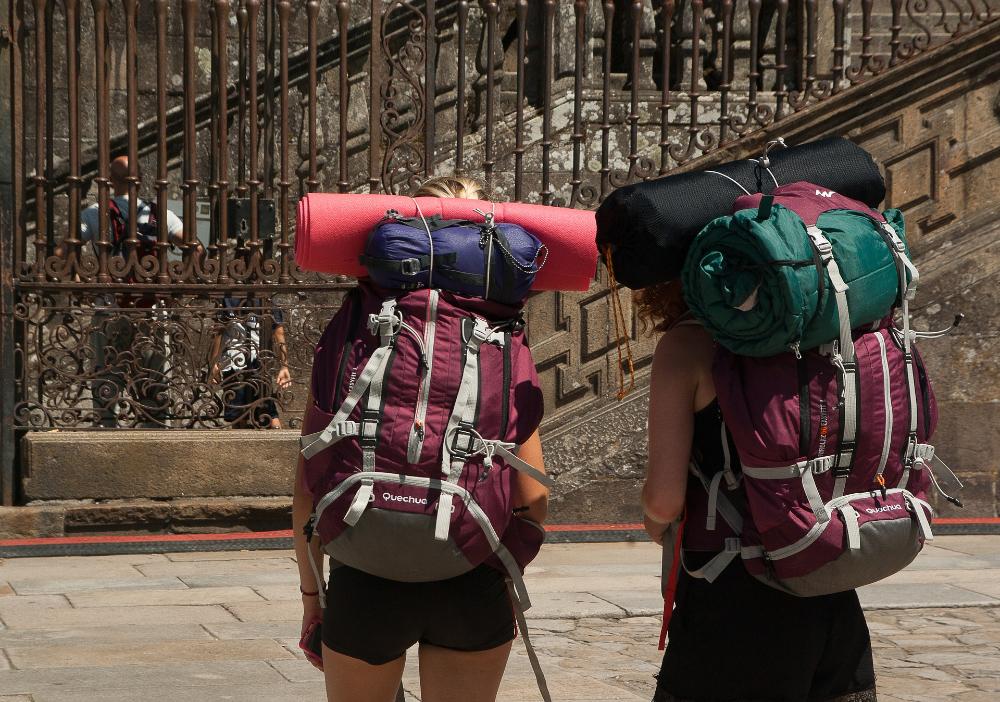
Always therefore choose a small, frameless backpack for travel, unless your trip will be mostly centred around activities such as camping and trekking and you really need the extra volume and load-bearing capacity for heavy survival gear and rations.
A 30L or 35L backpack is perfect for most travellers, even for those who plan to travel for several years. 35L or smaller will be suitable for carry-on in virtually all airlines, thus saving you money and also allowing you to preserve that all-important mobility when roaming the streets or while in transit.
If you think that this sounds impossibly small for you, have a read of our article discussing the 6 golden packing principles for ultralight travel and see if it helps you with packing smaller and more efficiently.
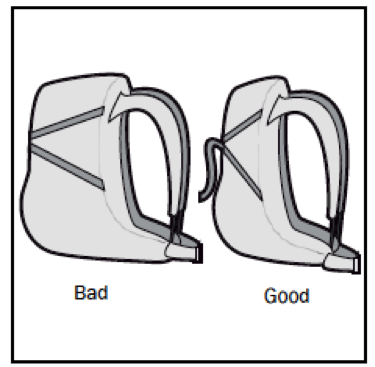
Shape –Deep-bodied backpacks that extend far away from your body can cause discomfort or even back pain, because they move the centre of gravity farther away from the body, thus forcing the wearer to lean forwards more to compensate.
It’s also easier to accidentally knock into people or knock items off shelves with this type of backpack. Shallow, longer backpacks are a better choice… as long as they aren’t too long, which we'll discuss next.
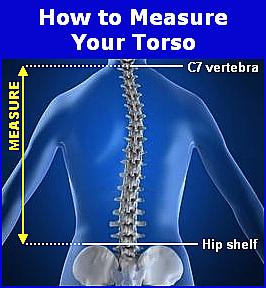
Length/Fit – When a backpack is disproportionately long in relation to your torso it's likely to you cause great discomfort.
A backpack should never be much longer than the distance between your C7 vertebra (the one at the base of your neck that sticks out the most when you tilt your head forward) and the top of your pelvis (where you can feel your hip bones). It's okay if it's shorter than this distance though.
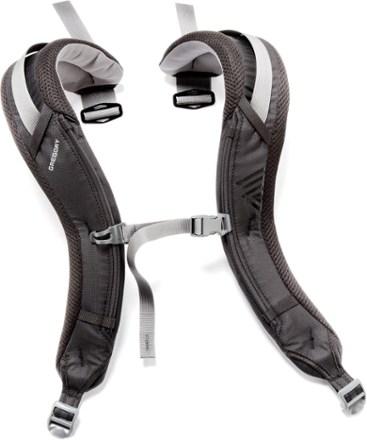
Shoulder Straps -Comfortable backpacks will have reasonably wide, outward curving shoulder straps with plenty of padding or foam cushioningto distribute the weight over a large area.
Cushioning in the shoulder straps is especially critical if the pack doesn't have a hip belt. Shoulder straps should also be fully adjustable so that you can wear the bag in the way the feels most comfortable for you.
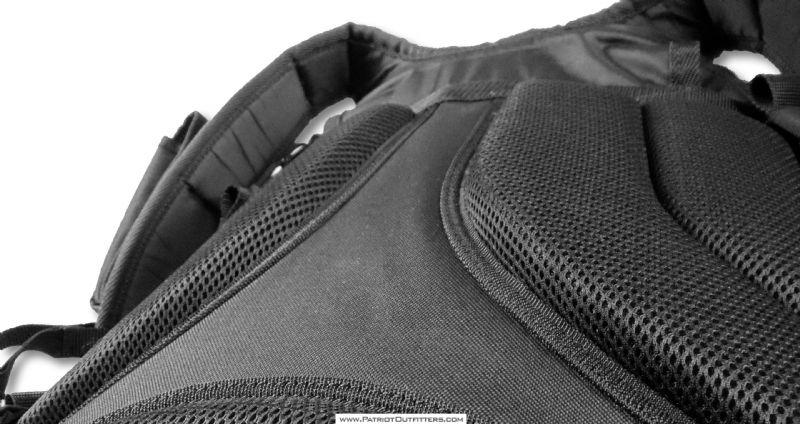
Back padding - A good backpack will also provide ample foam padding in the areas where the backpack makes contact with your back.
The padding should not be too compressible and should firm enough to protect your back from getting jabbed by badly arranged or hard items inside the bag.
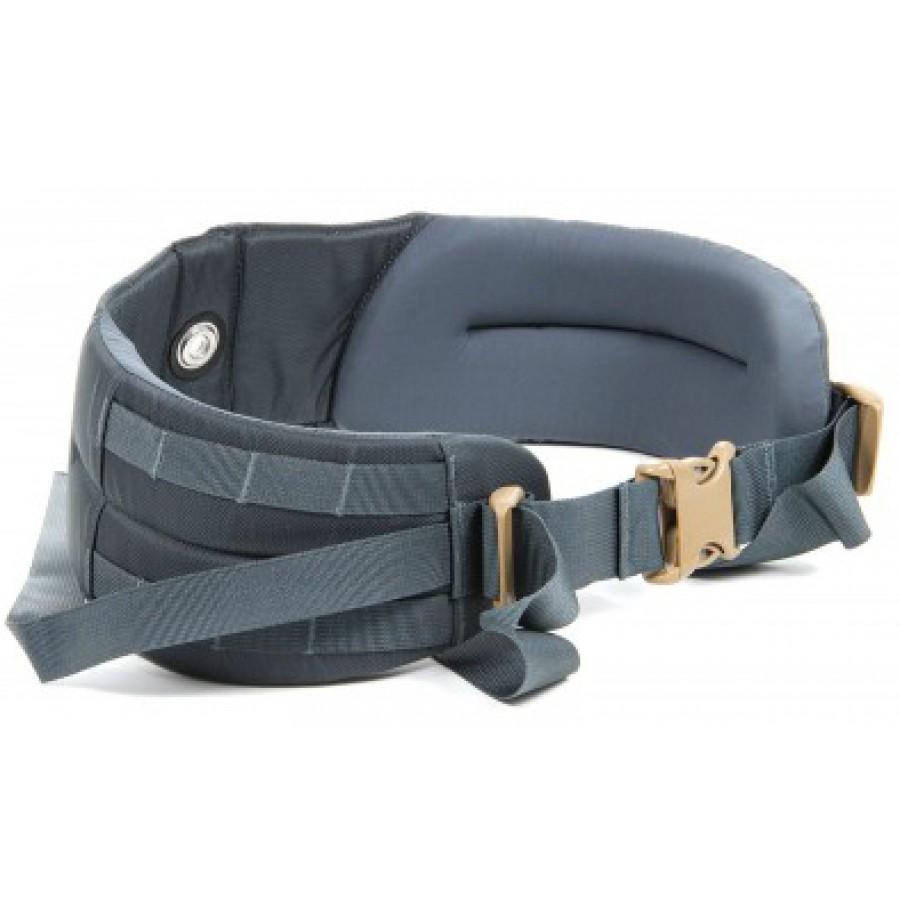
Hip belt –A padded hip belt is important if your bag is going to be a little on the heavy side as it allows you to transfer most of the uncomfortable weight off your back and shoulders and onto your hips.
The hip belt should sit just above your iliac crest (top of your sternum). It should be also be adjustable to better conform to your waist size.
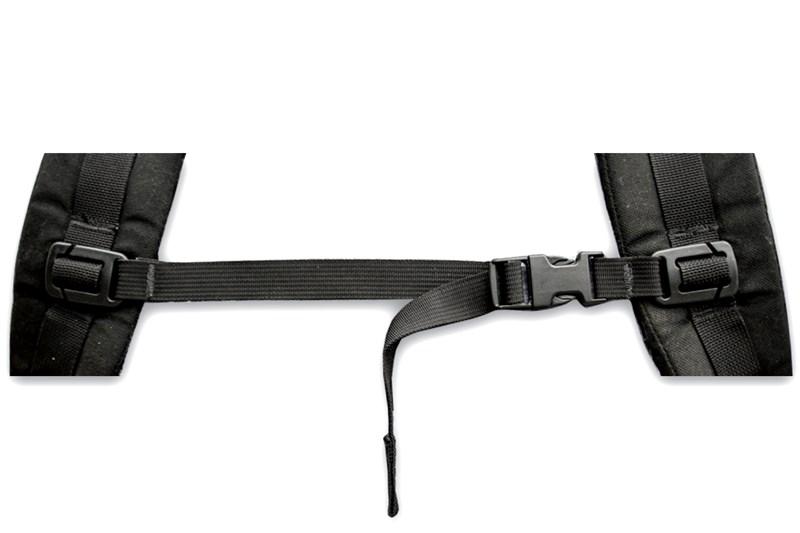
Sternum strap –In addition to a hip belt, some backpacks offer a sternum or chest strap.
This strap helps to take some of the weight off your shoulders and also pulls the shoulder straps towards each other, stopping them from sliding down sideways off your shoulders. Make sure it has good vertical range (important for girls) so you can raise it up high enough that it doesn't impair your breathing.
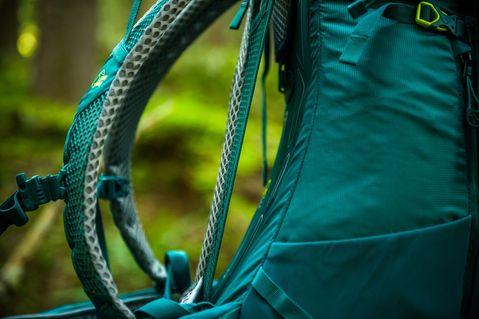
Ventilation –Badly designed backpacks will leave your back soaked with sweat, especially after walking the streets in hot countries or after having exerted yourself.
A good backpack however will allow for ample air circulation behind your back, keeping it cool while you walk. Backpacks achieve this in a number of ways.
- Some achieve it by having your back contact an outer mesh ventilation layer (known as an ‘air-mesh’), which leaves a gap for air to flow between your back and the bag itself.
- Some have two parallel padded regions running either side of your spine, which create a hollow channel (ventilation chimney) between them, allowing air to flow along the channel.
- Padded regions are also often covered with a mesh cover to allow for air circulation.
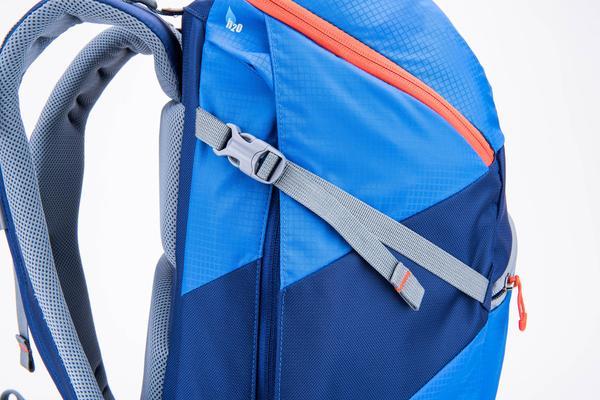
Compression straps –Although not essential, compression straps, normally found on the sides of a backpack, will help to compress the contents and stop them from shifting around. This will in turn help improve your balance and mobility while you’re on the move.
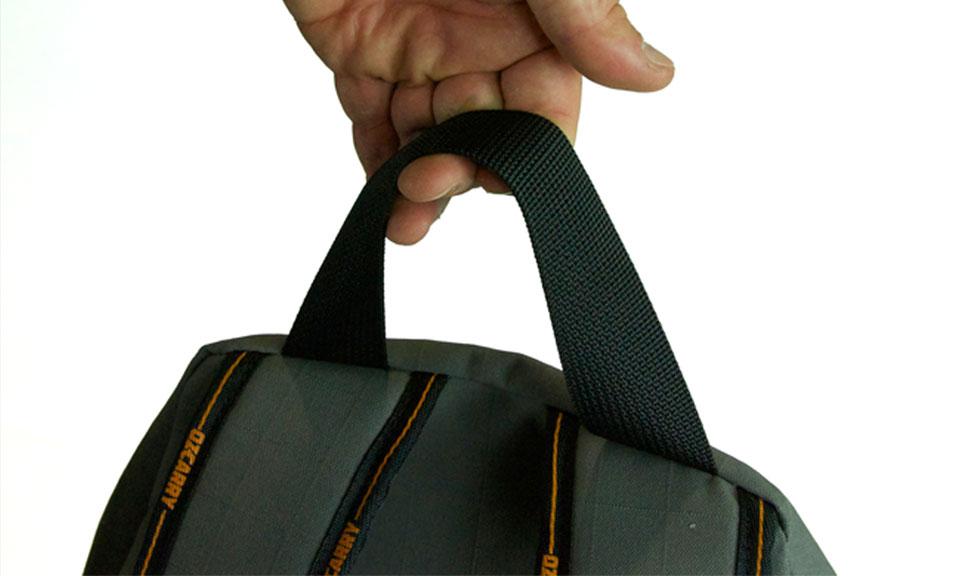
Haul Loop –The small loop found at the top of most backpacks is useful for quickly shifting your backpack to a new resting place or carrying it like a briefcase in very cramped situations. Make sure that the backpack you’re buying has one and that the loop looks strong and well stitched.
Tip: When testing different backpacks for comfort, inside retail stores for example, you should add a few pounds of weight to the backpack before trying it on, as virtually any backpack can feel comfortable when it’s empty or weightless.
No. 2 - Protection from theft, weather and impacts
Next, let’s take a look at the second thing you need a backpack to do. A good backpack should protect its contents from theft, physical damage, and inclement weather.
Theft protection
So protection from theft is important, especially if you're going to be travelling in areas where theft is a real concern. A well-designed backpack will have measures in place that deter thieves and make it difficult for them to access the contents. Consider the following factors when choosing a backpack, if theft is a concern for you while you travel:
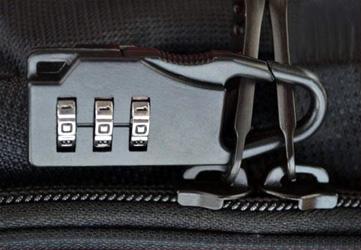
Closure mechanism - This is an important consideration for security against pilferers and pickpockets.
Drawstring backpacks with a flap that buttons or buckles down over the opening are not very secure. Other closures methods like Velcro or magnets are also not optimal for security.
Choose instead a backpack with a lockablezipper system. Zippers, while still imperfect and not immune to problems, can at least be easily padlocked together with a TSA accepted luggage lock to make the bag a less attractive target to would-be thieves who are looking for an easy steal.
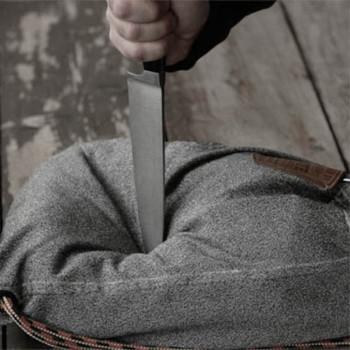
Material –The material of a backpack is everything, especially when it comes to security.
Tougher materials are harder to cut, slice or puncture by a thief that's carrying tools.
If slash attacks are a concern for you, prioritize a strong and slash-resistant fabric like leather (leather was used in the past for shields against cutting weapons).
More high-tech fabrics such as Kevlar, Dyneema and Cut-Tex Pro fabric will also resist or stop slash attacks, although these can get very expensive.
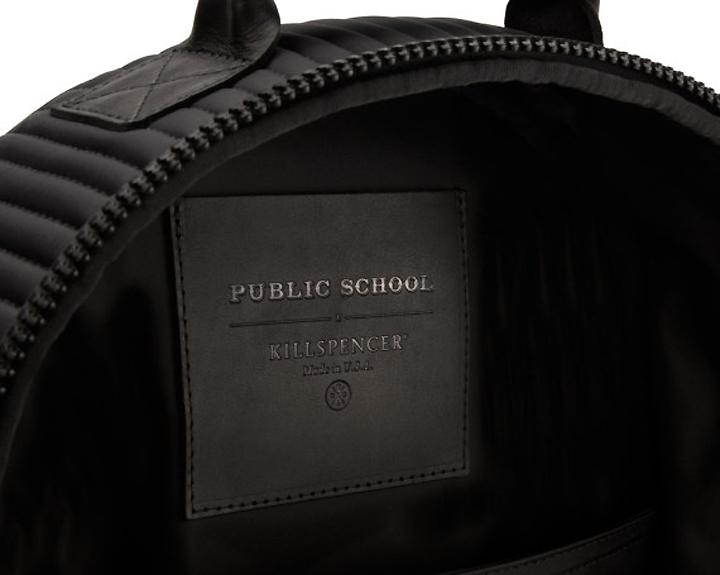
Secret Pockets –These are flat pockets inside (and outside) some backpacks that lie so flush with the fabric that they’re almost invisible.
Useful for hiding cards, passport or money inside your bag in case somebody ever managed to gain access to the main compartment.
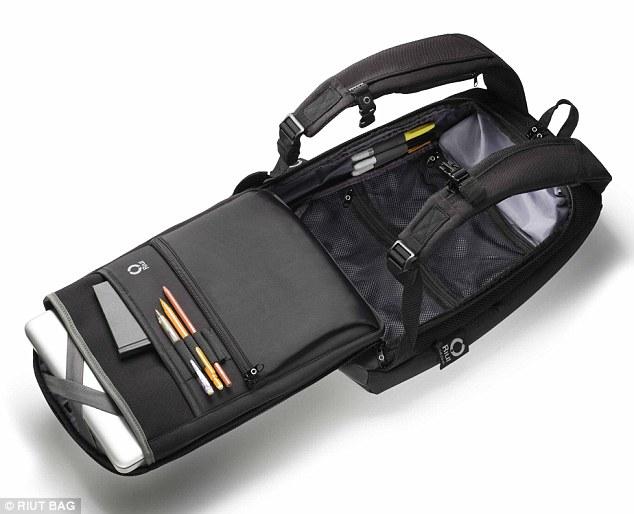
Special backpack designs -A recent design innovation in backpack security are the so-called rear-opening backpacks.
These special backpacks are designed mainly to protect you against pickpocketing theft.
The added security is mostly down to the positioning of the zippered opening panel; at your back, where it’s extremely difficult, if not virtually impossible for pickpockets to access without you noticing.
Backpacks like the Kopack and Riutbag are two excellent rear-opening backpacks that can't be accessed by any other means. Manfrotto makes a great backpack that has a special rear opening compartment for camera gear.
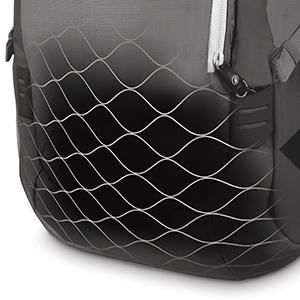
Other kinds of anti-theft backpacks often incorporate a concealed wire 'exo-mesh' throughout the body and slash-proof shoulder straps to help guard against slash attacks.
These same backpacks often include other security features as well such as interlocking zip pullers, puncture-resistant zips, RFID blocking material and lightweight steel locking cables for tethering the backpack to a fixture (prevents grab-and-run theft). Pacsafe make excellent backpacks with all these advanced anti-theft features.
Weather protection
The backpack you choose should offer some protection against inclement weather & UV radiation.
Nobody wants their valuables, passport or electronics to get ruined in a sudden downpour because their backpack couldn’t deal with the rain. Likewise you don’t want a backpack that slowly disintegrates over time from exposure to UV radiation.
Here are some of the factors you need to consider when buying a backpack that’ll protect your items from the elements.
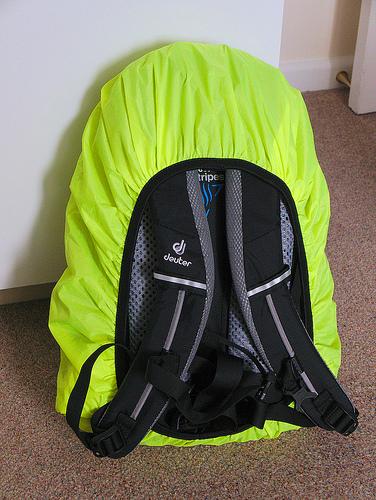
Raincover - Although most backpack fabrics are water-resistant, rain can still enter through the seams and zippers and water can also gradually soak through the fabric itself over time.
Make sure that the backpack you choose includes a built-in rain cover and that this is easily accessible and can be quickly and easily pulled over the backpack in the event of a sudden deluge.
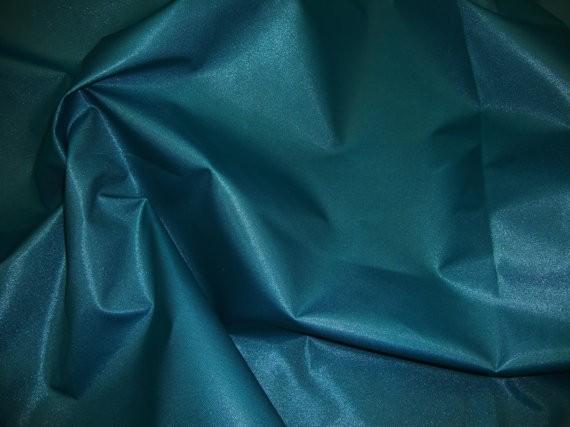
Material – While raincovers offer some protection, they’re usually not waterproof so it’s a good idea to choose a backpack that’s made from a fabric that already offers some innate water resistance.
So which fabrics are water resistant? Well most of them offer some degree of water resistance. Manufacturers often coat nylon fabrics with PU (polyurethane) or silicone to improve upon their natural water resistance.
Similarly, leather backpacks can be water-resistant if the leather has been waxed or coated.
It’s hard to know exactly how water-resistant a backpack is without doing a test. Pouring a few cups of water over it should tell you fairly quickly if the fabric is water-resistant or not.
Thicker material will also take longer for the rain to soak through so make sure the material isn’t too thin, whether it’s nylon, leather, polyester or something else.
Note that the overwhelming majority of backpack fabrics are only water-resistant, not water-proof. This isn’t a problem for most travellers though as they’ll rarely be at risk of submerging the backpack underwater.
Also, 99% of the time, shelter can be found very close by if torrential rain suddenly strikes and you’re without an umbrella or poncho to throw over the backpack. If you do need to fully waterproof gear you should buy a special dry bag for that.
As for UV resistance, it's generally not as important as water resistance as it can often take years for it to show its effects. Just bear in mind that nylon and kevlar are more prone to UV degradation than most other backpack materials. There are various sprays available to help protect UV sensitive materials like these from UV radiation and improve their lifespan.
Physical protection
Backpacks do take a few knocks on the road, even if you’re being extra careful. For example, they might fall from the luggage rack or get knocked into by people in crowded situations. Consider the following factors when choosing a laptop with good physical protection for your fragile items.
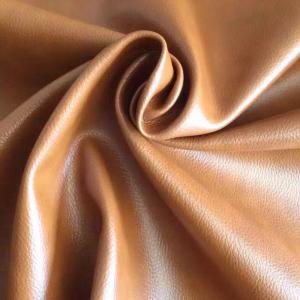
Material – Again, the type of material that the bag is manufactured from is so important for protection from knocks and impacts. We recommend natural veg-tannedleather as the material of choice if physical protection will be very important on your trip. Also remember, if you want more protection, thicker is better.

Padding - This is again where the padding comes in. Padding on the rear and any other areas of the backpack not only serves to make it comfortable to wear, but also helps to protect fragile contents from the inevitable knocks and falls while travelling. Always choose a backpack with plenty of cushioning.
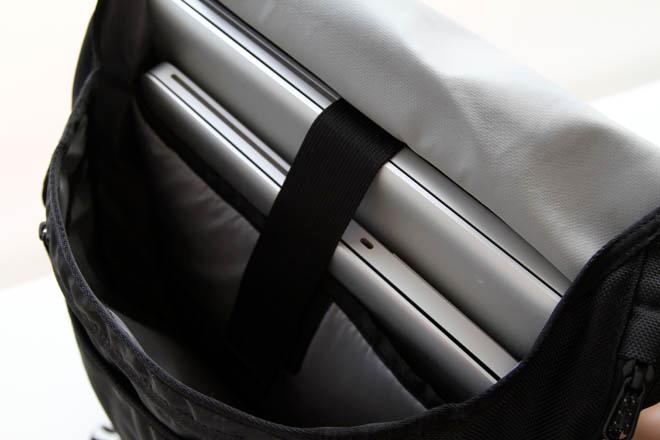
Laptop sleeve - A padded laptop sleeve is an important feature to look for if you carry a laptop on the road. This will give added physical protection to your valuable laptop.
No. 3 - Organization & Accessibility
The third important thing you need a backpack to do is to keep your items well organized and easily accessible whenever you need them.
A good backpack will provide the means to keep your stuff organized so that you can locate items quickly and access them easily without having to always find a needle in a haystack. Consider the following features in backpacks with regard to keeping your stuff organized and easily accessible.

Laptop sleeve - A laptop sleeve is important for many travellers, not only for protection from impacts and liquid spills but also for organization, so make sure that the backpack you choose has one if you’re taking a laptop. The sleeve will keep your laptop separated from the other items in the bag for easy access.
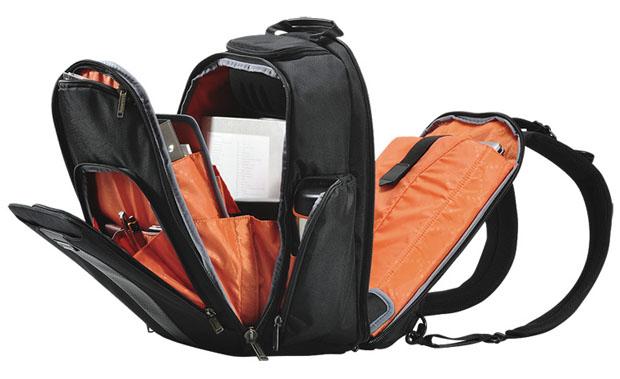
Compartments & Pockets -A backpack with multiple compartments and quick-access front pockets is useful for organizing your items but don’t use the smaller, outer compartments for valuables if pickpocketing is a concern.
Valuables are best locked away deep inside the main compartment when thieves are around. Too many compartments could also potentially make you more disorganized because you might find it difficult to remember which compartment you kept a specific item in.
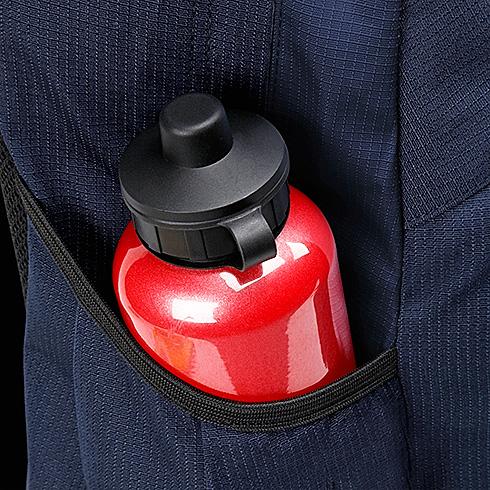
Elasticated external side pouches -These are designed for holding water bottles or water bladders. They’re a useful feature to look out for as you’ll often want to keep a water bottle outside your bag for easy access when out in hot weather or when doing a day hike.
Keeping your water bottle outside the bag will also help protect the contents in the event of a leakage. Make sure though that the pouches are large enough to fit your water bottle as they can be ridiculously small in some bags.
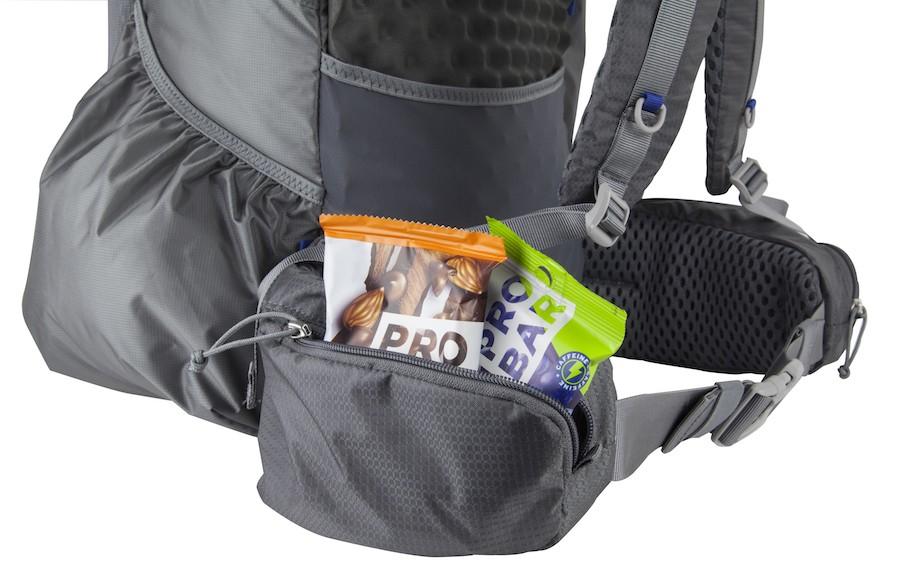
Hip belt pockets -For a place to store smaller items like your phone or a map for easy access, hip belt pockets are a useful feature to look out for in backpacks that include a hip belt.
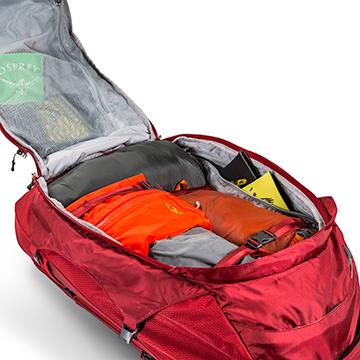
Design -The internal-frame hiking backpacks that many travellers carry use a top-loading design, where you can only access the contents through a small drawstring opening at at the top.
The downside of this design is that you might need to root through several layers of items to get to something you need at the bottom of the bag.
This is a poor design as far as accessibility is concerned and most travellers would benefit more from a backpack that uses a panel-loading design and opens more like a suitcase, allowing better access to the contents.
The rear-opening, anti-theft backpacks that we mentioned previously use the panel-loading design but you can also find panel-loaders where the opening panel is located at the front. An excellent example of one of these is this backpack made by Tortuga.
No. 4 - Durability
The fourth and final thing you need a backpack to do is to withstand the inevitable wear and tear of life on the road.
Durability is a super important thing to consider when choosing a backpack. Nobody wants to purchase a backpack, treat it very well and yet still find that it falls apart a few weeks later.
You want something that’ll last for a few years and withstand the inevitable wear and tear from life on the road. Here are a few of the factors that will help you to determine how durable a backpack is going to be before your purchase it.
Material –The material or fabric the backpack is manufactured with is obviously critical in governing the bag’s durability.
We’ve had backpacks that lasted little more than a few weeks before falling apart because they were made from weak materials that tore easily. On the other hand, many backpack materials can be very durable and can last for years if you treat them well.
The main properties of the material to consider when assessing it's durability are its thickness, abrasion resistance, puncture resistance, tensile strength, tenacity (tear resistance), UV resistance and rot-resistance.
Here is a brief comparison of several backpack materials and how they compare with regard to a few of these properties:
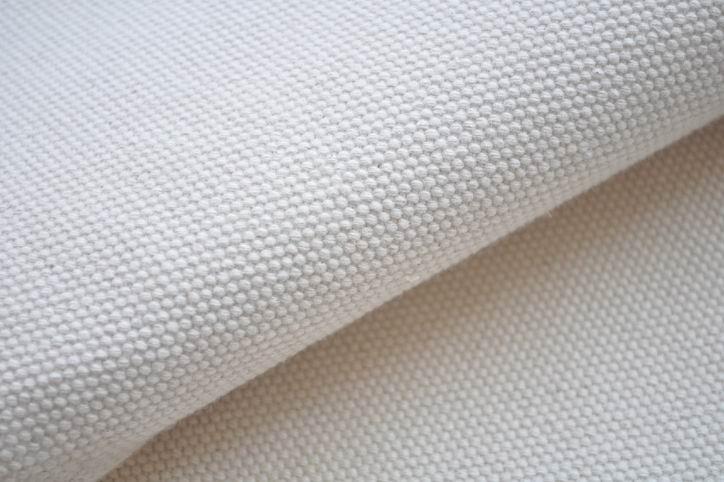
Cotton (canvas)
Pros: Inexpensive, Reasonably durable
Cons: Heavy, Weaker than Nylon, Not very abrasion-resistant, Prone to rotting & mildew

‘Pack Cloth’ Nylon
Pros: Strong, Water resistant, Lightweight, Abrasion resistant, Puncture resistant
Cons: Not very breathable, slightly heavier than other nylon fabrics, not very durable
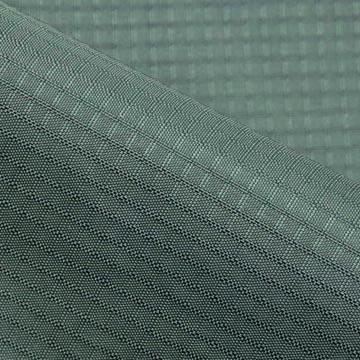
Ripstop Nylon
Pros: Strong, Fabric prevents a rip, tear or hole from worsening, lightweight, water-resistant, abrasion resistant,
Cons: Not puncture resistant, not very durable
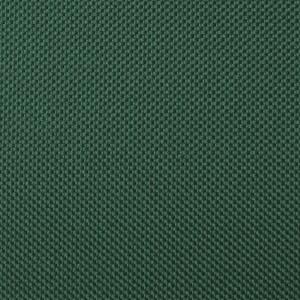
Polyester Pack Cloth
Pros: Fabric resists UV degradation
Cons: Weaker than nylon, Not rip-proof, Often brightly coloured (attracts attention), Not very durable
.jpg)
Leather
Pros: Strong, stylish, very durable
Cons: Requires more care & maintenance than synthetics, heavy, expensive
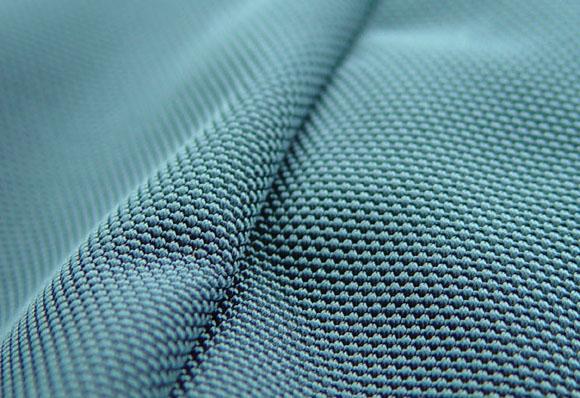
Cordura Nylon (Air-treated nylon) – most popular backpack fabric
Pros: Lightweight, Abrasion Resistant
Cons: Not very durable, Slightly less water-resistant than other nylon fabrics
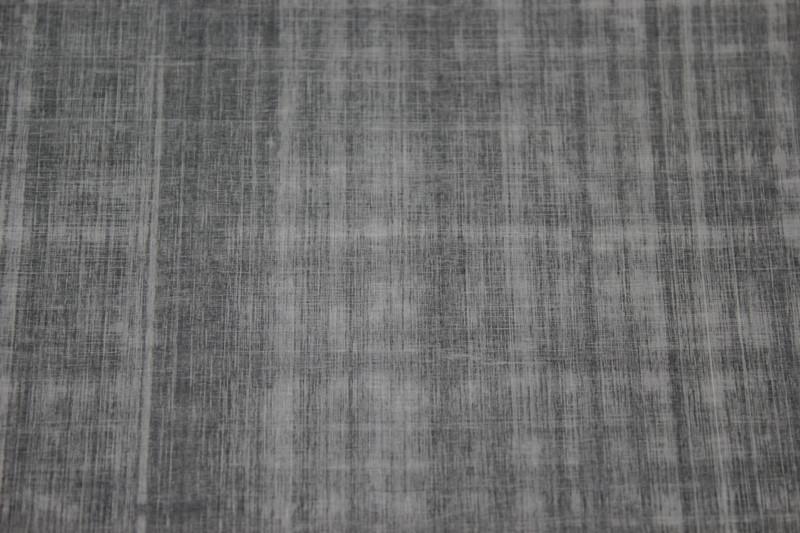
Dyneema
Pros: Extremely strong (possibly the strongest fabric in the world), abrasion resistant
Cons: Very Expensive
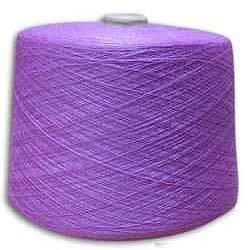
Fabric thickness & strength - Whatever material you choose, remember that the thicker a fabric becomes, the higher the tensile strength and the greater the resistance to tearing.
When looking at one particular fabric like nylon for example, a unit called the denier is a useful proxy for the strength of the fabric. The denier is a measure the fineness of the yarn used in the fabric (measures the density in grams of the yarn per 9,000 metres of length).
For example, a nylon fabric of 800 deniers will be stronger than one of 400 deniers. You can’t use deniers to accurately compare strength across different fabrics however so just bear that in mind.
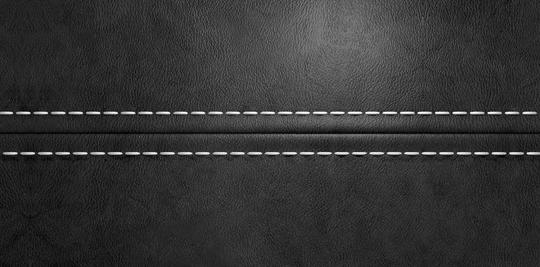
Stitching -The quality of the stitching is also extremely important in determining the lifespan of a backpack. No traveller wants to spend all his time stitching up holes and tears in his backpack.
First, examine the hidden stitching along all the insides of the major seams. Are you able to easily count the number of stitches per inch? If so, that’s not a good thing. Less than 6 stitches per inch is too few while going beyond 10 stitches per inch starts to reduce the strength of the fabric. 8-10 stitches per inch is the optimal number and what you're hoping to see.
Examine the areas of the bag where extra reinforcement is needed; areas like the haul loop attachment points and especially the attachment points of the shoulder straps. Look for zig-zag stitching or an extra row of stitches here, as this area is a common point of failure for many travellers.
Zippers –These are not to be overlooked. A broken, rusted or badly damaged zipper can effectively mean the end of the life of a backpack and many people will throw a backpack away when one of the zippers fails and seems to be beyond repair.
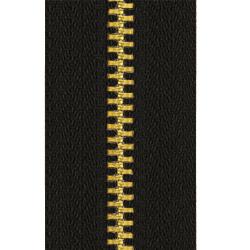
Metal tooth (metal chain) zippers like steel or aluminium ones are a major no-no for a backpack designed for travel and outdoor use, as they rust easily when exposed to rain.
They also have a strong tendency to snag everything in them (clothes, skin etc.).
.jpg)
Most backpacks nowadays use coil zippers. These use a nylon monofilament that's coiled to form the zipper teeth. Coil zippers are highly flexible and are thus best for applications where the zipper must follow a curved path.
Coil zippers have good water resistance, decent strength and they're easy to repair. One downside with coil zippers is that they easily jam if sand or grit gets between the teeth.
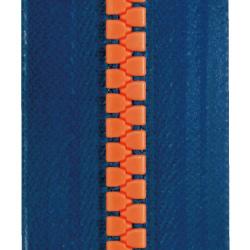
Some backpacks use Vislon or molded plastic tooth zippers. These are the ones with large plastic teeth that are fused to the zipper tape.
They're stronger and more durable than coil zippers and less susceptible to jamming from dirt and grit.
The major problem with the Vislon zippers is that if you lose or damage a single tooth, the entire zipper is ruined.
As for which brand of zippers you can count on, YKK zippers, made by the Japanese behemoth company YKK, are widely believed to be the world’s best zippers so it’s a good idea to choose a backpack fitted with these.
Final Tip: How you treat the backpack on a daily basis will also be an important factor governing the lifespan of your backpack. You must take care not to abuse it.
To ensure the longevity of your backpack, here are some pointers:
- Don't overload the bag. Overloading the bag puts undue strain on the shoulder straps and on the stitching along the main seams. It also can put strain on zippers and damage them.
- Don't wear the bag over one shoulder for long periods of time and alternate the shoulder that you take the bag off on. This will avoid repeatedly putting excess strain on the same shoulder strap and on the stitching in the areas where the strap is attached to the bag.
- Don't pack unprotected sharp objects into the bag that could puncture or cut through the bag. Items like knives, forks, pens, scissors should have their sharp parts covered.
Other factors to consider when choosing a backpack
We’ve discussed the most important factors to consider when purchasing a backpack for travel. There are a few other considerations that may also be important to some people.
.jpeg)
Style –It may end up being your backpack for the next few years so you might want it to look at least a little stylish. Many people feel that you can’t beat leather as the material of choice for stylish looking backpacks.
Compact and frameless backpacks are more stylish than the large hiking ones. They look more natural and won't raise any eyebrows. They also help you to move more smoothly through crowds and tight spaces, which makes you appear to be more in control and at ease.

Colour - If you're concerned about theft, drab colours like brown, grey or black are best. Your bag will blend in more this way and be less eye-catching to thieves.
If you're choosing the colour more with style in mind, then you should choose a backpack colour to match your travel outfit. If in doubt, the colour grey will go well with virtually any outfit.

Price - How much you spend on a backpack? As much as you need to. If you find a backpack for $20 that checks all the boxes, then you don't need to spend more.
However, if you find that you have to spend over $100 to get a backpack that really satisfies you, then spend the extra money. What matters most is your satisfaction, not the price.
A final word
Well as you can see there are a lot to factors to consider if you want to choose the perfect backpack for travelling with. Hopefully this article has been helpful in pointing out what you need to look for and what you need to avoid the next time you venture out to purchase a backpack.
If you like to travel with just a carry-on backpack and are wondering which specific backpacks are popular at the moment, we advise you to check out our article on the 5 best carry-on backpacks for minimalist travellers.
What do think is the most important consideration when choosing a backpack for travel? Let us know in the comment box below!
JOIN OUR LIST
SUPPORT US
FOLLOW US
ABOUT US
Our names are Eoghan and Jili and we hail from Ireland and India respectively.
We are two ardent shoestring budget adventure travellers and have been travelling throughout Asia continuously for the past few years.
Having accrued such a wealth of stories and knowledge from our extraordinary and transformative journey, our mission is now to share everything we've experienced and all of the lessons we've learned with our readers.
Do make sure to subscribe above in order to receive our free e-mail updates and exclusive travel tips & hints. If you would like to learn more about our story, philosophy and mission, please visit our about page.
Never stop travelling!
FOLLOW US ON FACEBOOK
FOLLOW US ON PINTEREST
-lw-scaled.png.png)


